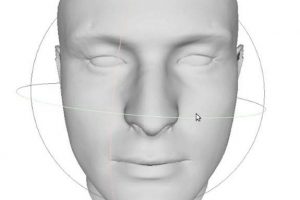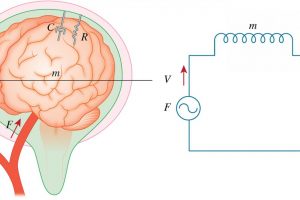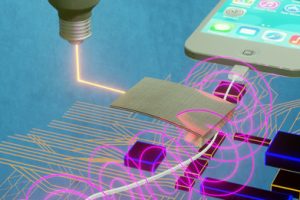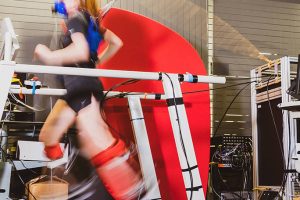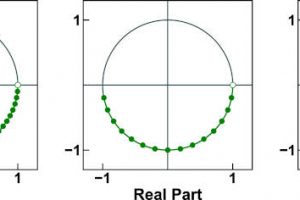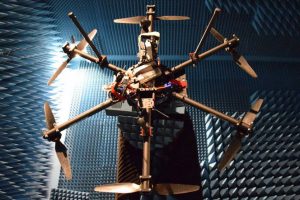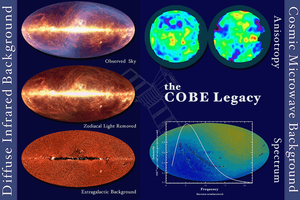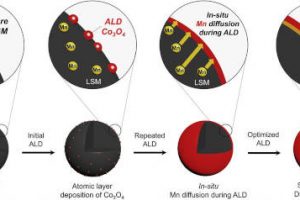Apps on mobile phones might have hidden or harmful behaviours about which end-users know little to nothing, according to Ohio State University researcher Zhiqiang Lin. For this study, the research team evaluated 150,000 apps: the top 100,000 based on the number of downloads from the Google Play store, the top 20,000 from an alternative market, and 30,000 from pre-installed apps ...
Research
The latest electronics research news from within the industry and universities from around the world.
AI reconstructs realistic 3D face from phone camera video
An accurate 3D face model that “doesn’t look creepy” can be reconstructed from smartphone video if AI is allowed to post-process the point cloud, according to Carnegie Mellon University. No laser scanned is required. “Building a 3D reconstruction of the face has been an open problem in computer vision and graphics because people are very sensitive to the look of facial ...
Non-invasive brain pressure measurement treats brain as a tuned circuit
Japanese scientist have treated the brain like a tuned circuit to get accurate intracranial pressure (ICP) measurements without invasive surgery. ICP is a valuable parameter, for example in neurosurgery, neurology and emergency medicine. It can only usually be measured by inserting an intracranial catheter. Medical Doctors at Shinshu University have found a way to deduce the natural mechanical resonant frequency of ...
Milliwatts of electricity from mains magnetic field
A tiny diving board can extract power from the magnetic fields around mains cables, according to Penn State university. The device is a magneto-electric-coupled magneto-mechano-electric (ME MME) energy converter that can produce mW power in a 300μT field and operate below 100μT. “Output power from ≤50μT magnetic fields is sufficient to operate a digital clock without charging a capacitor”, according ...
miDiagnostics raises €14m
miDiagnostics, which is using an Imec-invented IC technology to bring lab-quality tests with built-in connectivity direct to the patient and clinician regardless of location, has secured a €14m investment round. The round was supported by existing shareholders as well as leading life science and tech investors Dr. Rudi Pauwels and Dr. Ir. Urbain Vandeurzen. The funds will be used to ...
Robot ankle is better than springs
A motorised ankle exoskeleton has made running easier, even easier than assistive springs Appropriately powered by a motor, the exoskeleton reduced the energy cost of running by 15% compared with running without the exoskeleton, according to Stanford University, where the research took place. Whereas if the exoskeleton was powered to mimic a spring, running was 11% harder than running exoskeleton-free. ...
DSP: Inverse chirp z-transform, where it works and doesn’t work
The inverse chirp z-transform (ICZT) can be used with chirp contours that perform partial or multiple revolutions on the unit circle, according to engineers at Iowa State University. Last year, Iowa State engineers Alexander Stoytchev and Vladimir Sukhoy created a closed-form solution for the ICZT, which generalises the inverse fast Fourier transform (IFFT) off the unit circle in the complex ...
Drone radar database made public for UAV hunters
A database of drone radar cross sections has been made public to help those developing countermeasures. ‘We measured drone radar cross sections at multiple 26-40GHz millimetre-wave frequencies to better understand how drones can be detected, and to investigate the difference between drone models and materials in terms of scattering radio signals,” said researcher Vasilii Semkin of VTT Technical Research Centre ...
NASA selects proposals to study cosmic collisions
NASA chooses four proposals for the future study of cosmic collisions and the debris they leave behind
A step on the road to metal-air vehicle batteries?
Batteries that breath air are a possible future for electric vehicles, as they might significantly cut the weight of energy storage. Called metal-air batteries, during discharge they react a metal (lithium, zinc, magnesium or aluminium, amongst other options) with oxygen from the atmosphere to deliver energy. During charge, they emit the oxygen. A catalyst is required to get oxygen to ...
 Electronics Weekly Electronics Design & Components Tech News
Electronics Weekly Electronics Design & Components Tech News

